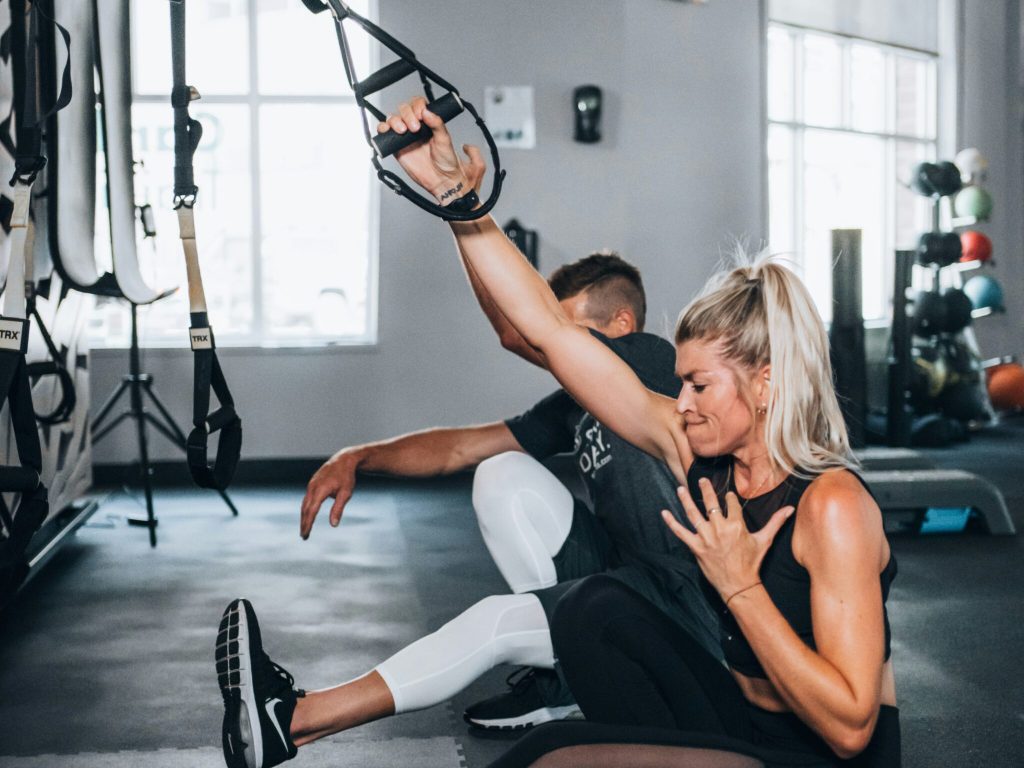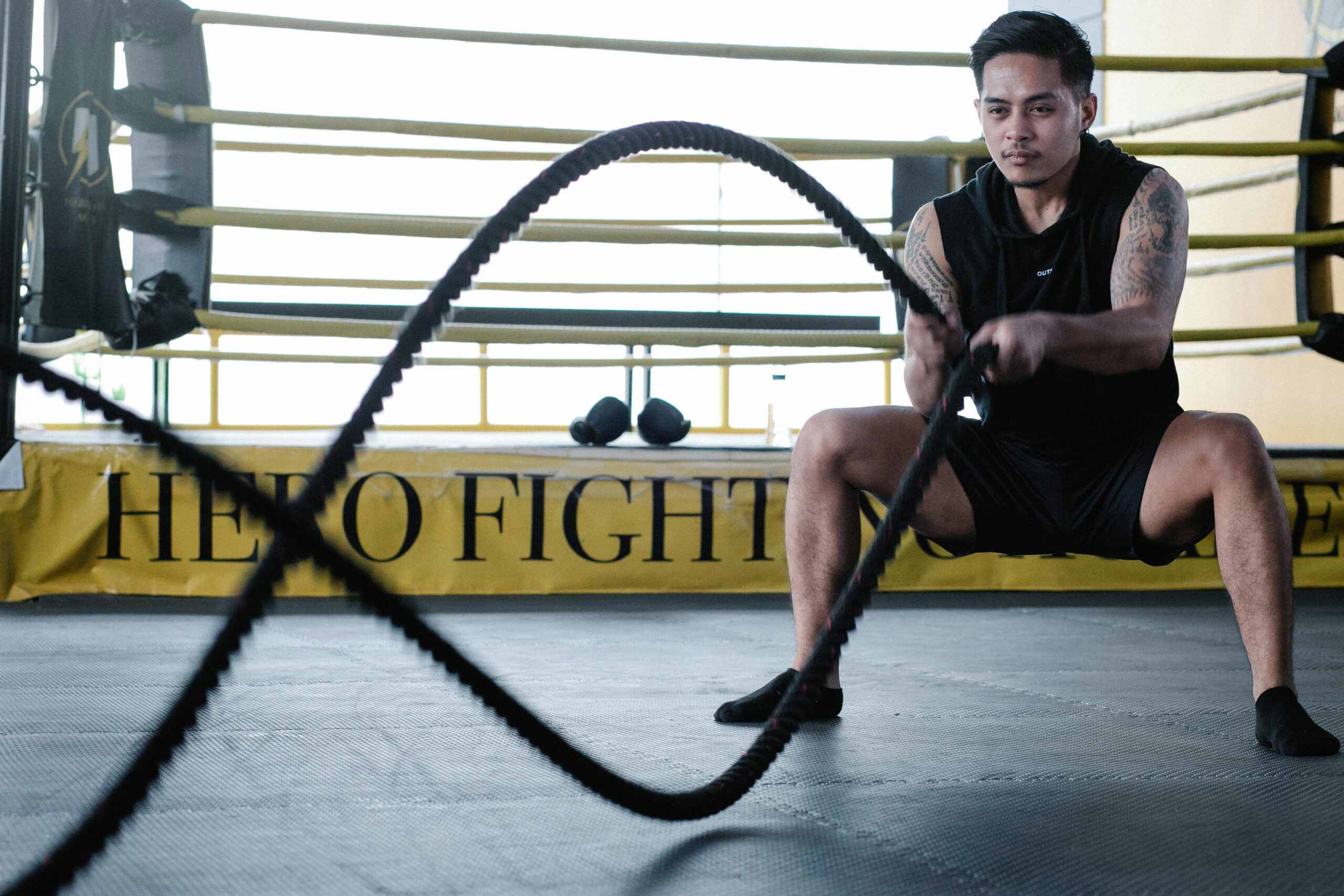


Do you wish to have a more effective fitness routine that will give results the quickest? Used in conjunction with strength training, HIIT can be an incredibly effective way to improve your overall health and fitness. Fully encompassing the myriad of advantages this power pairing has to offer, we will discuss effective workout routines and share a few tips on creating an all-around fitness plan.
High-intensity interval training (HIIT) means short intervals with unnecessary intensity and even a bit of rest. Known for calorie-burning efficiency, cardiovascular benefits, and endurance-boosting capabilities galore; HIIT makes up for the lost time as it’s an enormous bang for your workout buck.
Strength-building: Whilst primarily the purpose of strength training is to build skeletal muscle and develop anaerobic endurance (muscular fitness), it can also have a beneficial influence on muscular strength which makes you stronger.
Here are a few of the benefits of doing HIIT strength workout when combined:

Doing training in the Same Workout:
Although it’s possible, most often due to recovery times, keep them on different days. But if you want to put them together then have a HIIT session followed by some easy weightlifting.
The Frequency and Intensity of Workouts:
The frequency, as well as the intensity following which you carry out different high intensity strength training exercises, is based on your fitness level along with goals. Perform well slowly, and step up your game as you get better with the intensity of the exercise also increasing.
Ludicrously enough, rest and recovery are some of the most important things that you can do to ensure injury prevention (in addition to having over-the-top-ah-may-zing results)! Try to get a good 7–9 hours of sleep every night and let what your body tells you inform the rest.
Equipment:
You can truly complete this program with minimal equipment but some of the tools you may want to purchase are quite basic and will only help your routine. Weights are not the only way to increase resistance, you can also work out with body weight and become stronger that way, but weights give more possibilities for increasing strength.
Then, when you get your HIIT strength workout down to a science, the sky’s the limit for what kind of results you can achieve with it! Always listen to your body, ramp up the intensity gradually, and enjoy. Ready to unlock your full potential? Join Caerus Strength Inc. today and start your journey to a stronger, healthier you.
It is possible to work all three workouts into the same day’s workout, but generally, it’s best to do them on different days for appropriate recovery. On the other hand, if you do like to mix them sometimes, then try a HIIT workout, and then later that day or even 1-2 days afterward go for your light strength session.
3–4 days of HIIT per week with 2–3 days focusing on strength training is a good starting place. But again you can adjust the frequency as per your fitness levels and goals. A rest day can be your friend.
A couple of dumbbells can give you some flexibility, but they are not required. You can perform highly efficient workout routines without much equipment or even using just your body weight.
A normal length of a HIIT workout is 20-30 minutes, but you can make it shorter or longer based on your fitness level and goals. Always be able to listen to my body and recognize signs of overtraining.
True, HIIT and strength can be an excellent combination when it comes to fat loss. HIIT helps increase our metabolism, while strength training builds lean muscle mass — two factors that contribute to increased calorie burn.
It may be better to start lower in intensity and work your way up if you are just beginning. Always consult your healthcare provider or a personal trainer before starting any new workout regime, especially if you have an underlying medical condition.
Here at Caerus Strentgh we share useful information and provide solutions on daily routine exercise and workouts.
Privacy Policy | Sitemap
Copyright © 2025 Caerus Strength Inc. All Rights Reserved. Designed & Developed by SWFLMC
Karl, a graduate of the University of Michigan Engineering College in 1978 and Law School in 1981, has been a practicing trial lawyer in Chicago, Illinois for the last 41 years. After graduating from the University of Michigan Engineering College in 1978 and Law School in 1981, he practiced at the law firms of Williams & Montgomery, Ltd., Dressler Goldsmith and Fitch Even (since 1995). He is admitted to practice in the United States Patent & Trademark Office. Since 1989, Karl has conducted a variety of lawsuits relating to intellectual property, with a focus on patent litigation and suits seeking recovery for patent infringement. Karl served as managing partner of the Fitch Even firm for six years, and is co-chair of the firm’s Litigation Practice Group. A link to his Fitch Even bio is here: https://www.fitcheven.com/?t=3&A=2581&format=xml&p=5482.